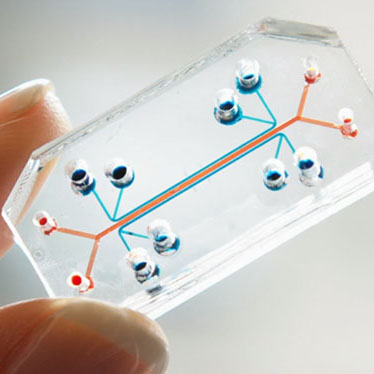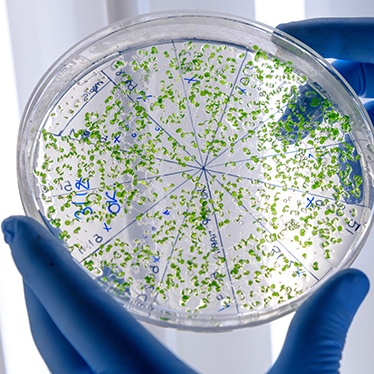Microfluidic systems are utilized to precisely control reactions, separation, storage, and mixing of fluids, typically containing biological materials such as cells and drugs, at small scales (often less than a droplet). The performance of these systems at small scales offers advantages such as minimal sample consumption, shorter result reporting times, lower costs, reduced energy consumption, enhanced safety, and portability. Key aspects of microfluidic systems include the reduction of the Reynolds number due to their small geometry and dimensions, resulting in gentle and laminar fluid motion. In contrast, larger volume systems often exhibit turbulent fluid motion, which can complicate the study of certain processes. Microfluidic systems allow for much greater control over the entire fluid motion process, reactions, and separations.














